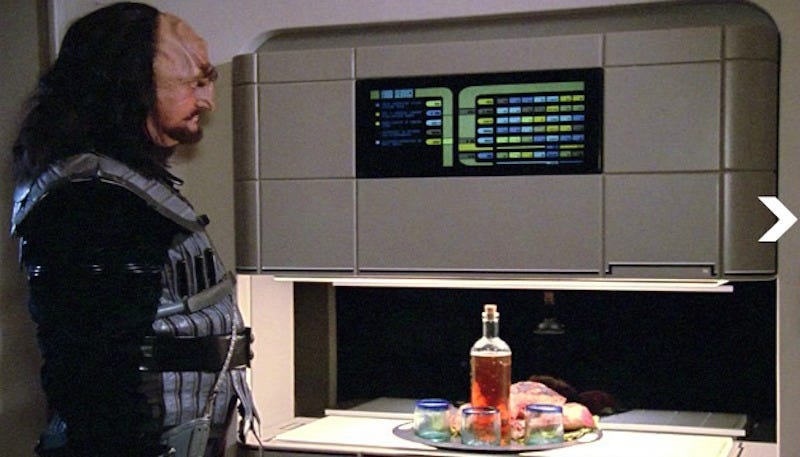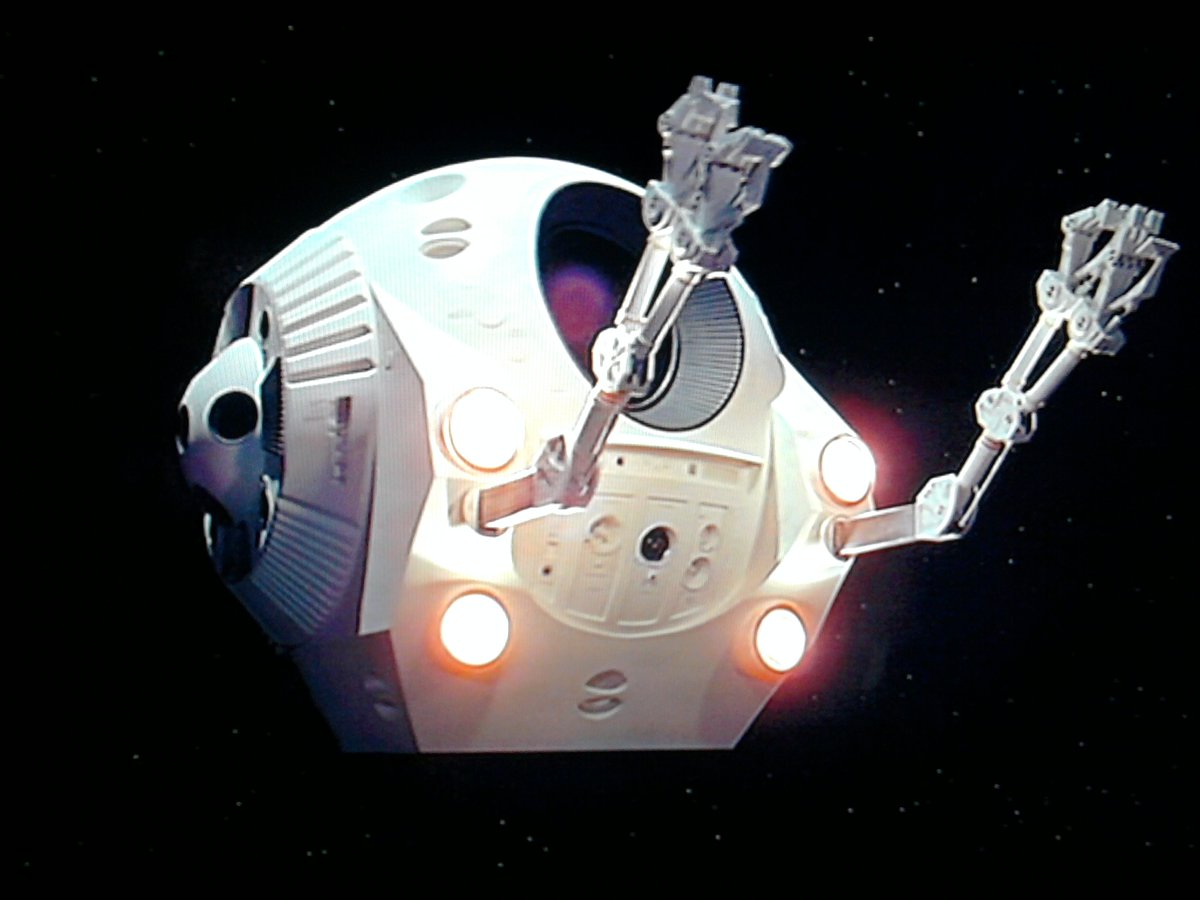Sometimes, science fiction can accidentally stumble into science facts... that& #39;s the case with Jonathan Swift& #39;s Gulliver& #39;s Travels... In the book, the mythical Laputans reveal their advanced knowledge of Mars and its two moons (150 years before Deimos and Phobos were discovered)
As astonishing as it is for a writer in 1726 to describe something not observed until 151 years later in 1877, it was based on extrapolating from the science behind orbits and a slight misunderstanding https://www.daviddarling.info/encyclopedia/S/Swift.html">https://www.daviddarling.info/encyclope...
In 1620, Kepler incorrectly deciphered an anagram Galileo had written about Saturn & confused it with Mars, describing two moons. Swift thought Kepler/Galileo were talking about Mars & realized no one else had ever seen these moons (he never knew it was a rare mistake by Kepler)
While writing Gulliver& #39;s Travels, Swift worked this factoid into his novel. As no one had actually seen these moons, he figured they must be small (they were) and with a bit of guess work based on Kepler& #39;s laws he came to a rough approximation of what their orbits actually were!!
For me, this is a good example of how science fiction isn& #39;t merely a flight of fantasy, but rather an author& #39;s best guest-imate of what could plausibly happen... and sometimes authors strike closer than they ever thought possible!
The Hitchhiker& #39;s Guide to the Galaxy had the Babble Fish while Star Trek had a universal translator—we& #39;ve got Google Translate!
Star Trek& #39;s communicators essentially became our cell phones. Smartphones then eclipsed trekkie communicators altogether with their ability to provide a diverse range of functions (phone, camera, browser and innumerable apps)
The video-call wall-screens of the 1927 movie Metropolis and George Orwell& #39;s 1984, along with the smaller video calls of Bladerunner and 2001 A Space Odyssey became Skype, Facetime and Zoom (albeit with less sinister dystopian undertones)
The Taser openly celebrates its origins in science fiction as the term is an acronym based on Thomas A. Swift& #39;s Electric Rifle (a novel written back in 1911)
https://www.sciencealert.com/these-15-wild-sci-fi-predictions-about-future-tech-actually-came-true">https://www.sciencealert.com/these-15-...
https://www.sciencealert.com/these-15-wild-sci-fi-predictions-about-future-tech-actually-came-true">https://www.sciencealert.com/these-15-...
Science fiction author Ray Bradbury wrote about "seashells" and "thimble radios" in his 1953 novel Fahrenheit 451—and today we have airpods and ear buds
In 1945, science fiction author Arthur C. Clarke wrote an article called “Peacetime Uses For [the German] V2 [rocket]” suggesting that rockets could put radio communication satellites in Earth& #39;s orbit!
http://lakdiva.org/clarke/1945ww/ ">https://lakdiva.org/clarke/19...
http://lakdiva.org/clarke/1945ww/ ">https://lakdiva.org/clarke/19...
In 1903, H.G. Wells wrote a short story about the future of warfare, describing what he called Land Ironclads (what we today call tanks)
Our slowly emerging 3D printers are reminiscent of Star Trek Replicators. I& #39;ve even seen 3D printers that create fancy chocolate, so even food isn& #39;t off limits and may one day become common place
Robots are a staple of science fiction, from Metropolis to Isaac Asimov& #39;s I, Robot, the Terminator and Data from Star Trek, but in real life, our robots don& #39;t mimic human form, being designed for specific tasks instead
credit: Maruti Suzuki India
credit: Maruti Suzuki India
2001 A Space Odyssey had pods—miniature spacecraft with flexible arms, while on both the Shuttle and the International Space Station we have Canadarm serving the same purpose
credit: MGM & Canadian Space Agency
credit: MGM & Canadian Space Agency

 Read on Twitter
Read on Twitter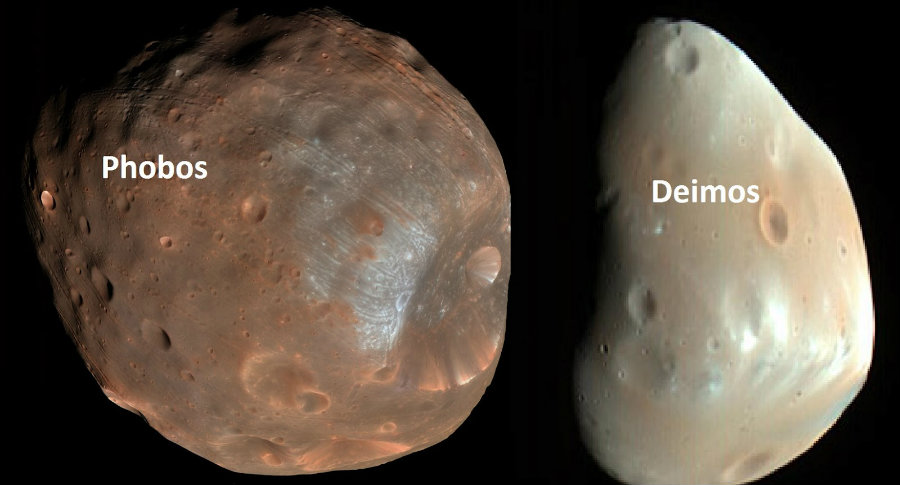

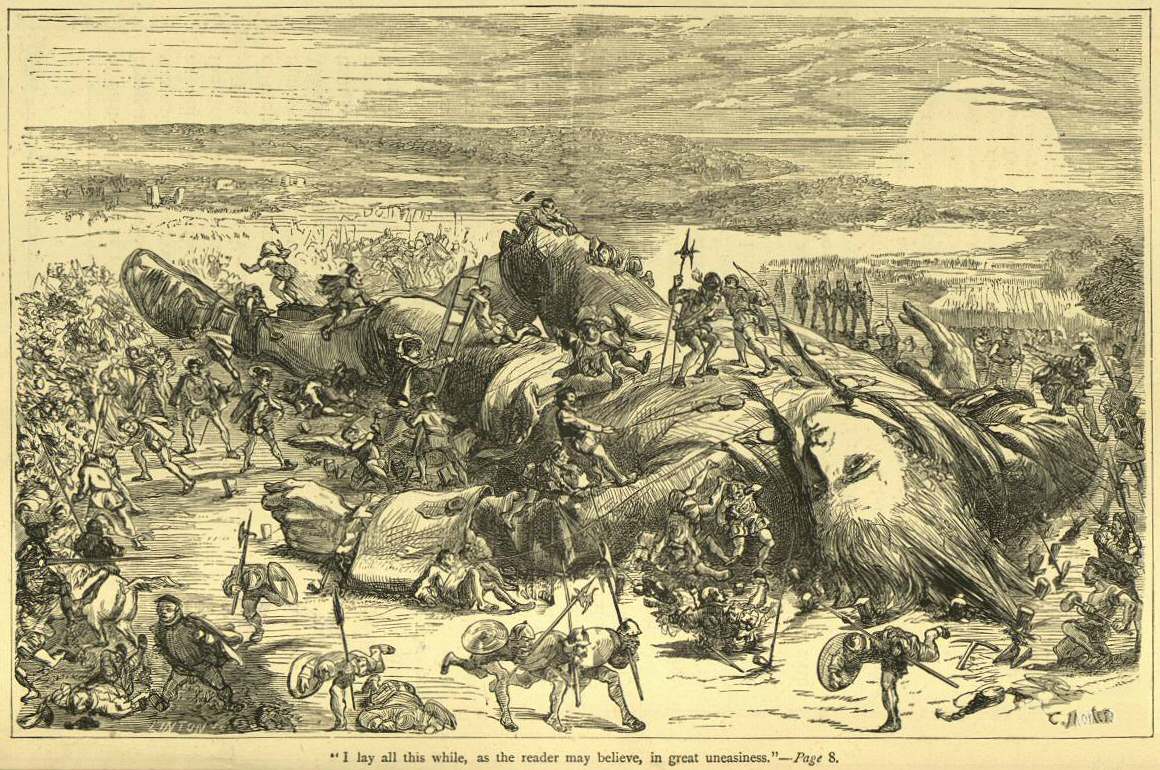
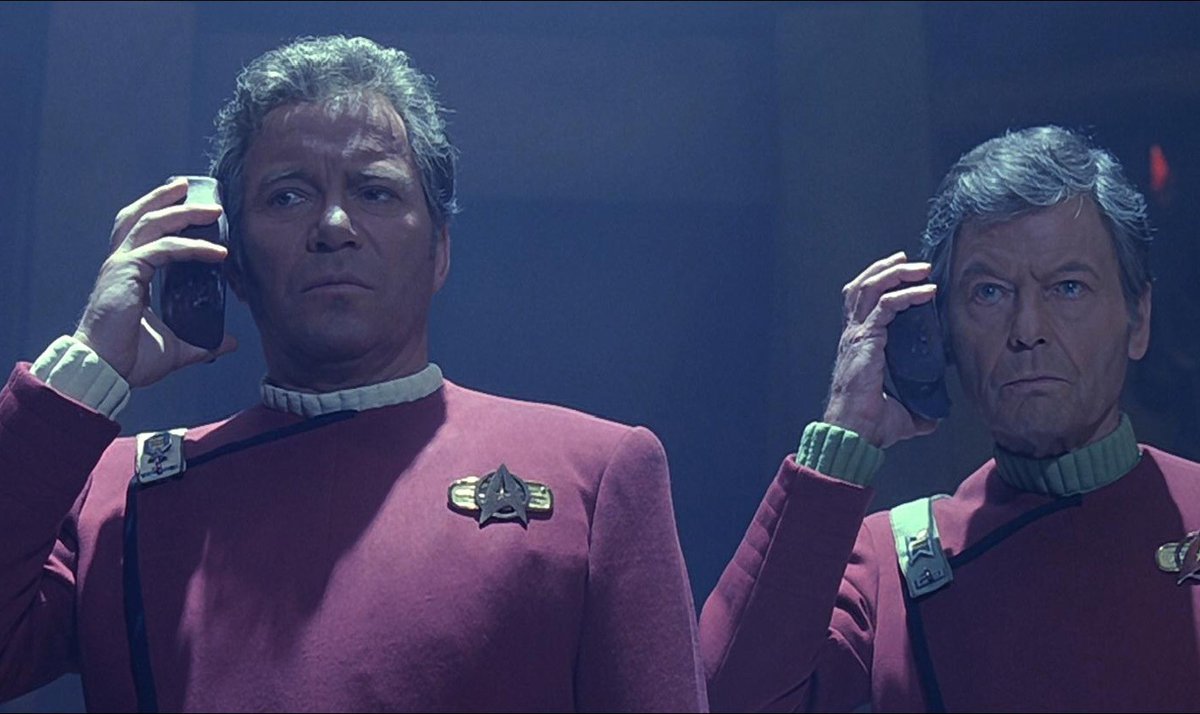
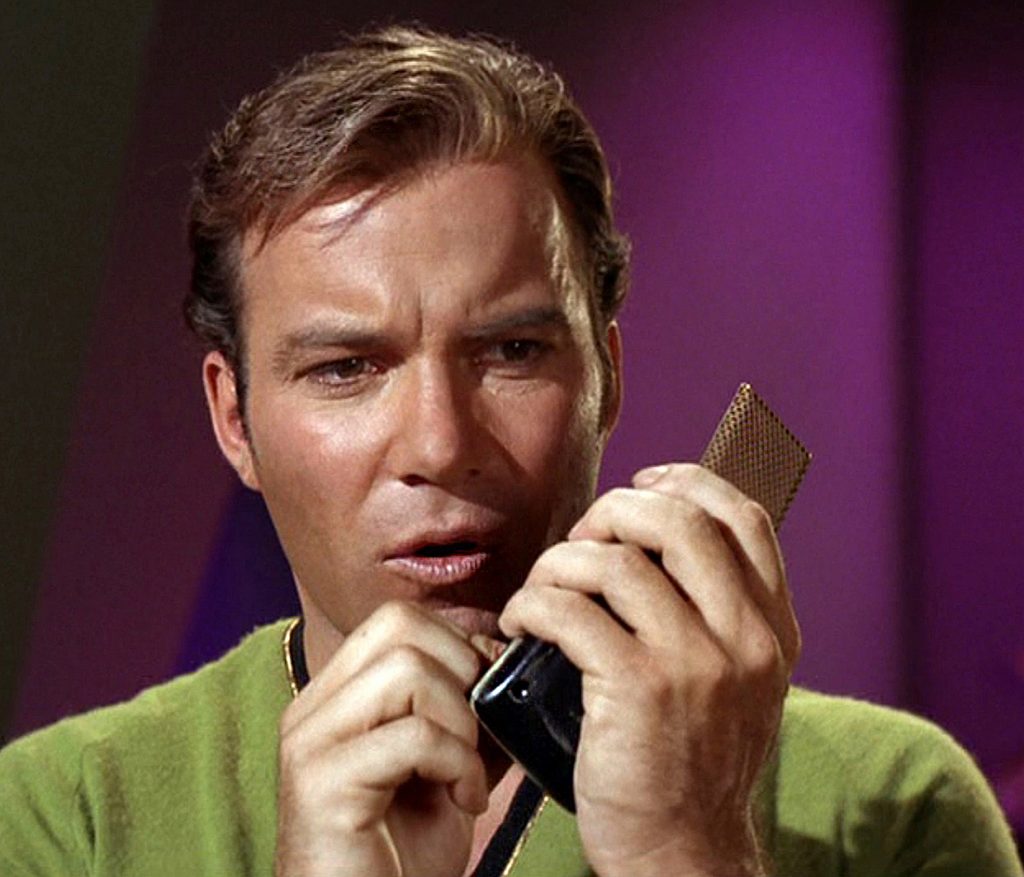
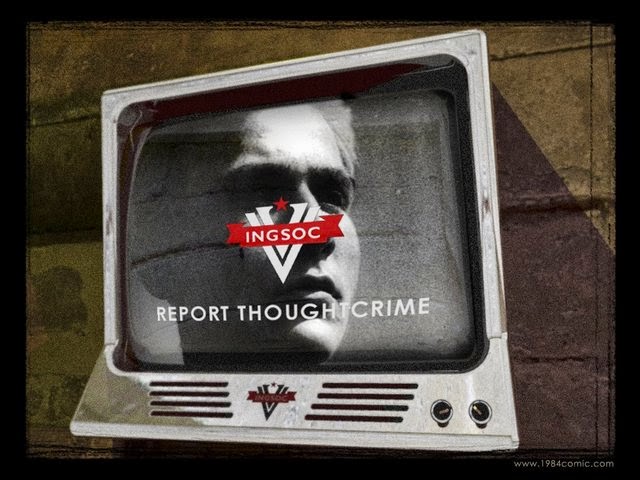
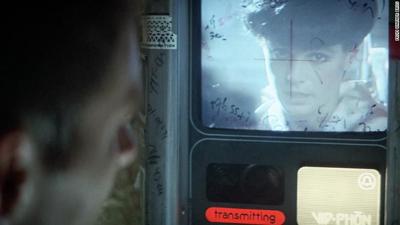


![In 1945, science fiction author Arthur C. Clarke wrote an article called “Peacetime Uses For [the German] V2 [rocket]” suggesting that rockets could put radio communication satellites in Earth& #39;s orbit! https://lakdiva.org/clarke/19... In 1945, science fiction author Arthur C. Clarke wrote an article called “Peacetime Uses For [the German] V2 [rocket]” suggesting that rockets could put radio communication satellites in Earth& #39;s orbit! https://lakdiva.org/clarke/19...](https://pbs.twimg.com/media/Ega_WYYUwAE1omP.jpg)

